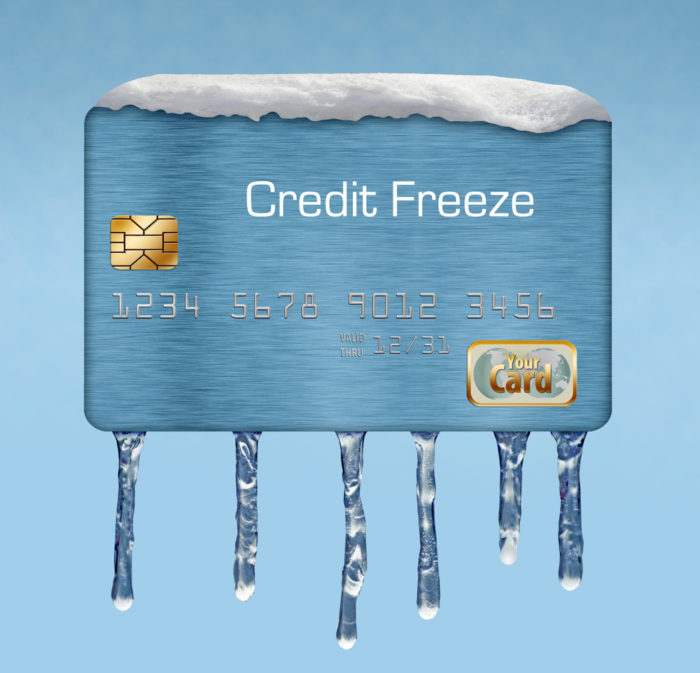Freeze Your Credit
The thought of freezing your credit can seem like taking a test that you are not really prepared for. In the heat of the moment, you may find the only thing freezing is your mind. Unfortunately, data breaches continue to increase in frequency and in scale.
At White Oaks, part of our overall cyber security strategy involves an incidence and response plan that we review and test on a regular basis. As a result, this helps us prepare and understand the necessary action steps to take, and in a timely manner.
Anytime you suspect your identity has been stolen, you should take steps to freeze your credit and alert the appropriate sources regarding the compromise. We recommend you create your own personal incidence and response plan by adding the following steps. Also referenced below is contact information to guide you through these steps.
Steps to Freeze Your Credit
- Visit: https://haveibeenpwned.com/ This site may help you quickly assess the source of your data breach.
- Call all four credit agencies. Why all four? Your personal information is with all of these agencies.
Equifax: 1-800-349-9960 or go to Equifax website
Experian: 1- 888-EXPERIAN (888-397-3742) or go to Experian website
TransUnion: 1- 888-909-8872 or go to TransUnion website
Innovis: 1- 800-540-2505 or go to Innovis website - Call your financial advisor and alert them. They will contact your financial account custodian to request a security alert be placed on your financial accounts.
- Call your banking institution and alert them. They will have similar security alerts set up on your account to keep from further potential fraud occurring.
- Go to: https://www.identitytheft.gov/ This site allows you to create an identity theft report with the Federal Trade Commission. This site will help guide you through your recovery process.
- Change your passwords. Start with the affected account(s) and continue with changing your passwords on other accounts you may be concerned with.
- Be sure to use a different password for each account and focus on length. The longer the password the better. This can be accomplished by using a sentence or a paraphrase such as “chickenandwafflestasty”.
- Do not use personal information in your passwords, especially if the information can be found on social media. For example, your children or pet’s name.
- It is always good to insert a level of complexity into your passwords: uppercase, numbers and special characters. For example, “Chicken&wafflestasty”.
- Take the time to call your utility and phone company to help prevent, as well as establish if any new accounts from being opened in your name.
In Conclusion,
Preparing to handle a breach incident can make all of the difference in the process to restore your personal identity. As a reminder to all White Oak’s clients, add us to your response plan. We are here to help you. For more tips regarding online security, click here.


